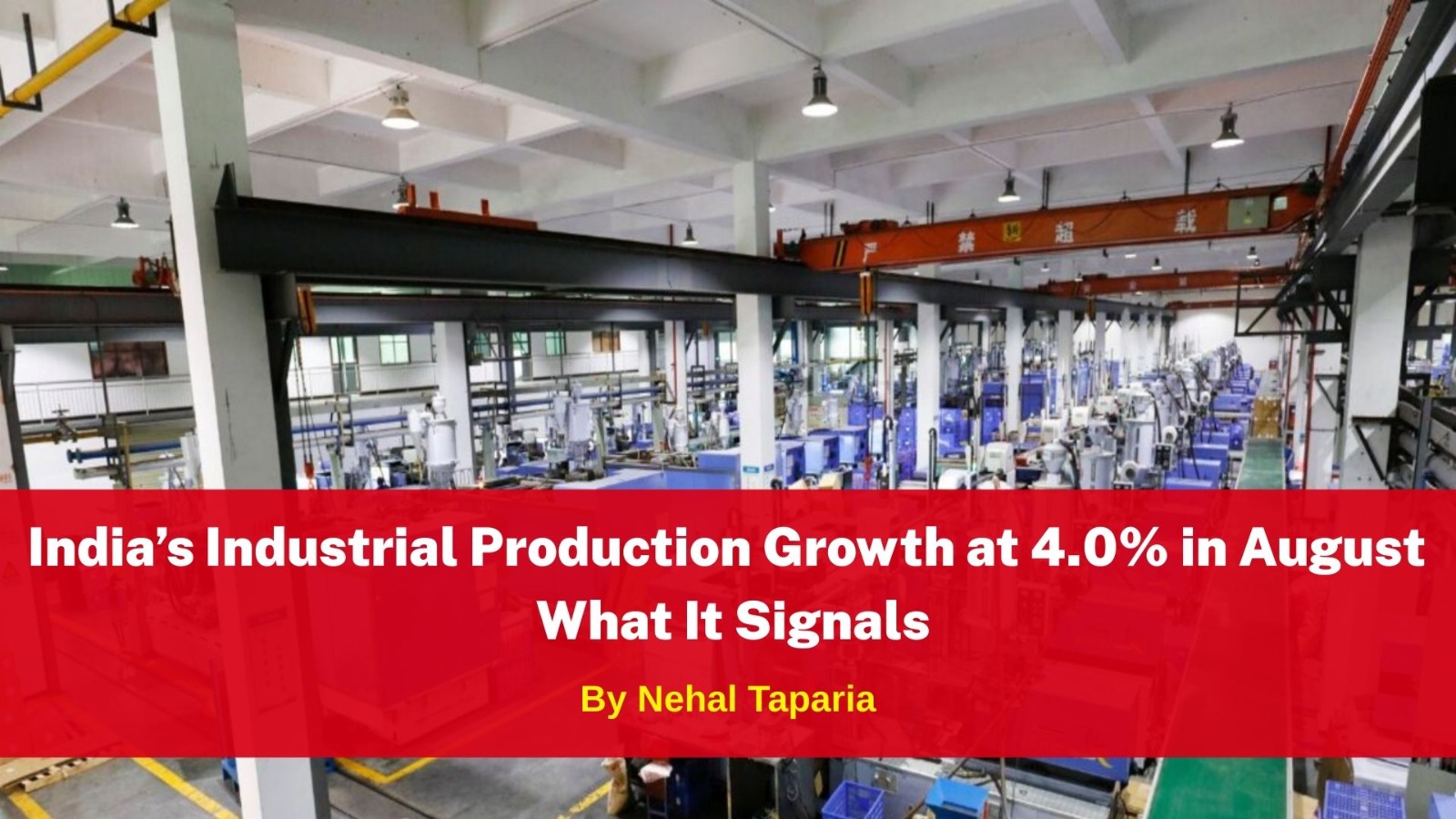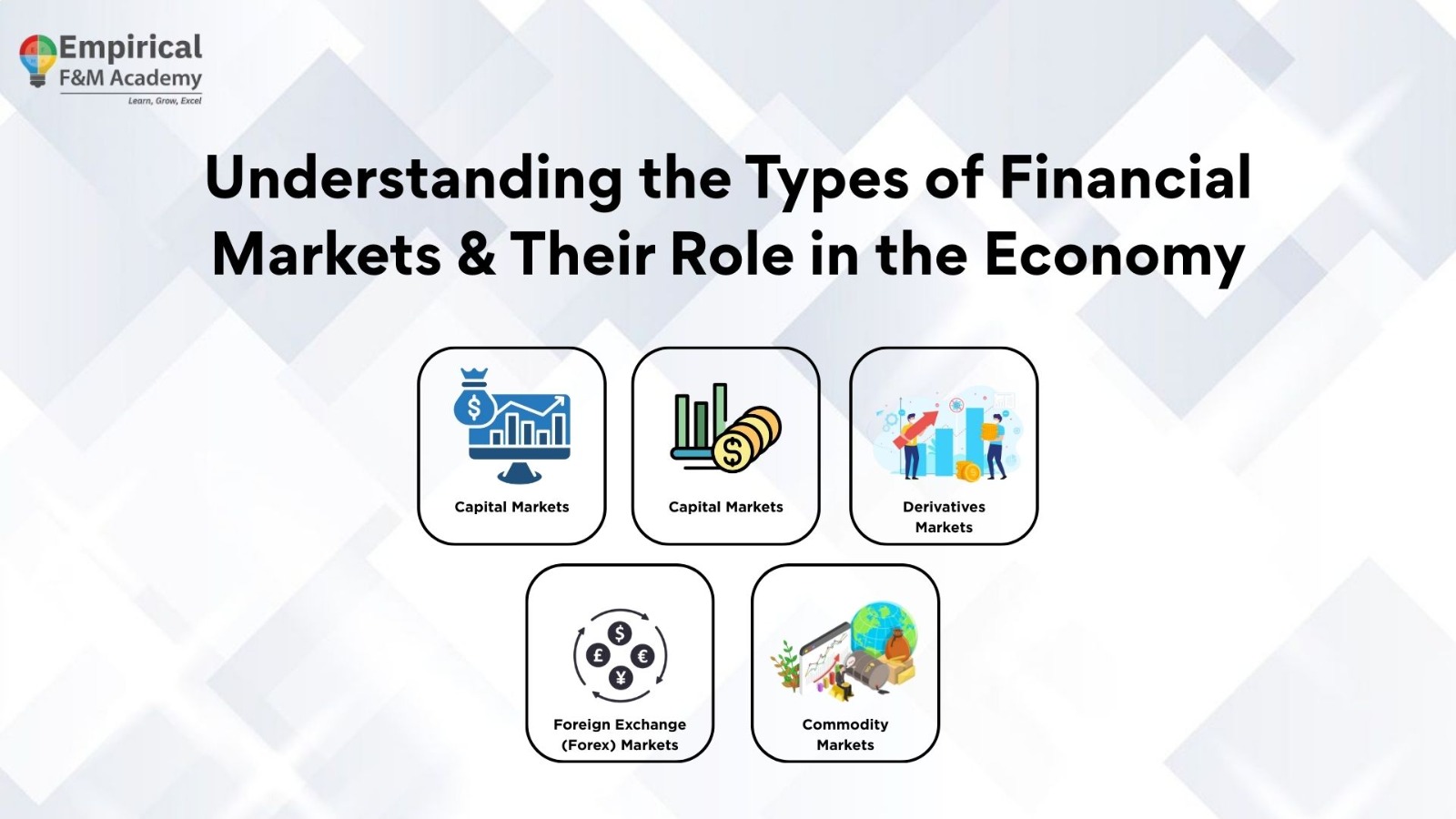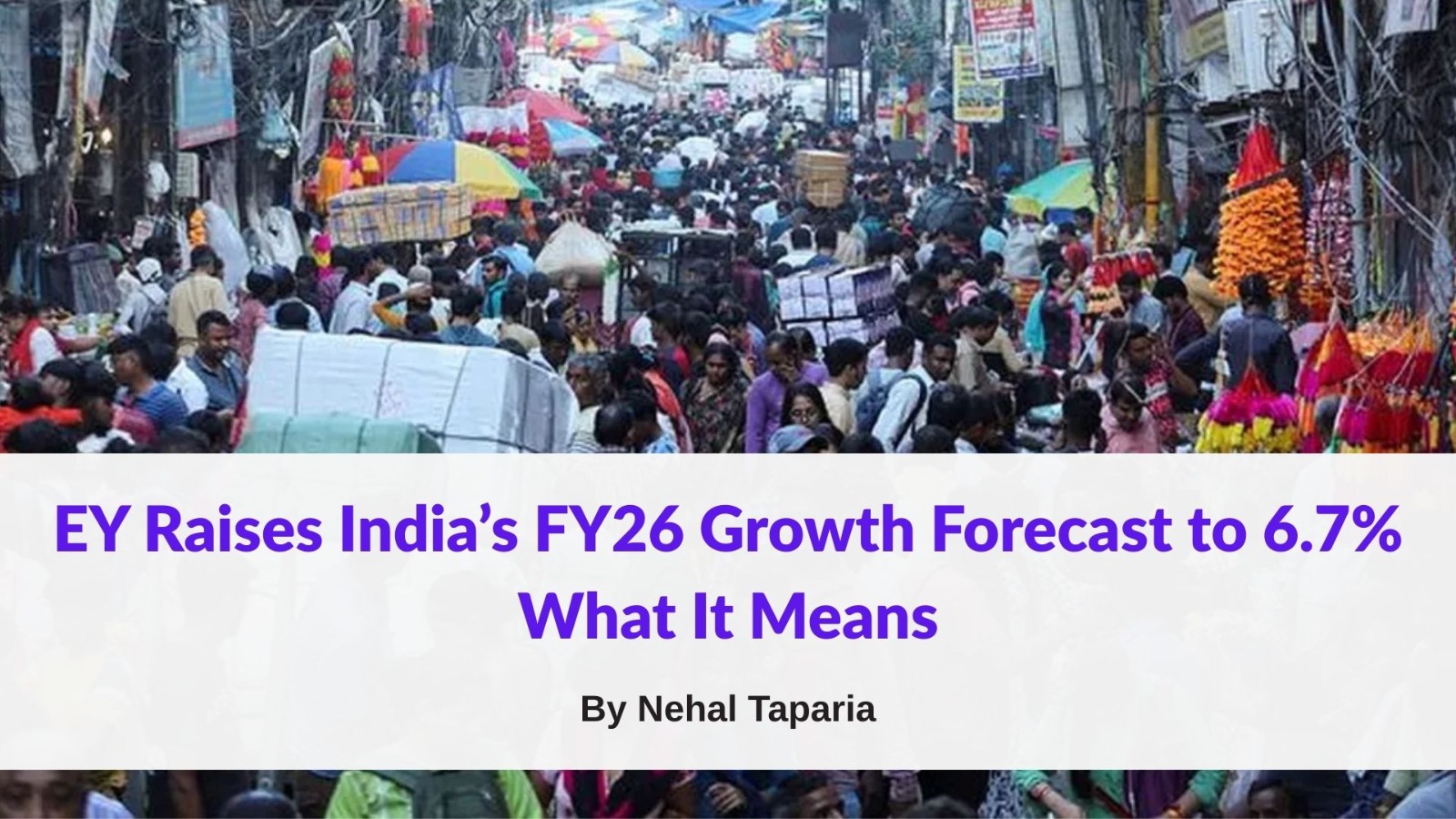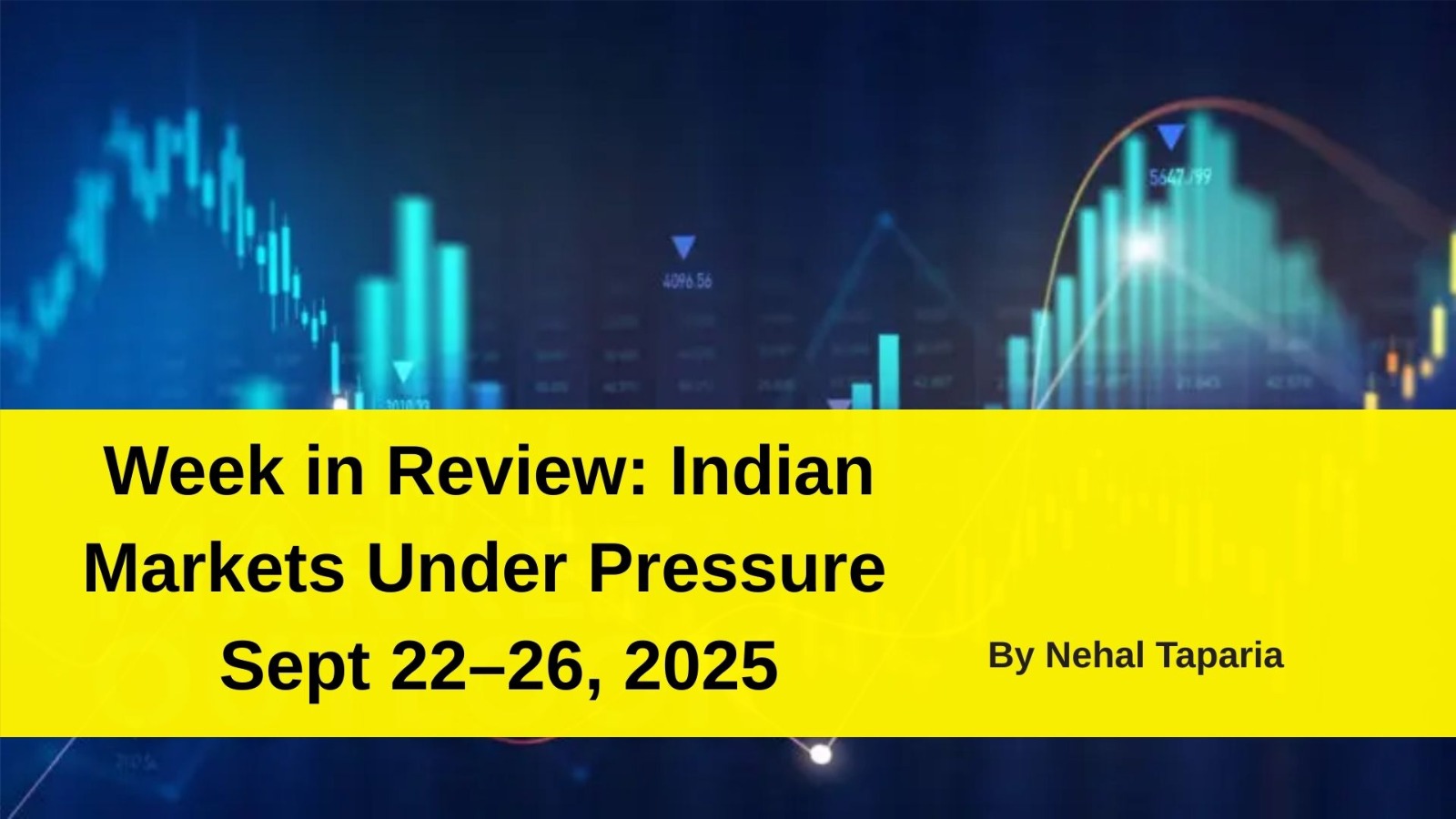How RBI’s Repo Rate Cut Impacts the Stock Market and Your Home Loan EMI
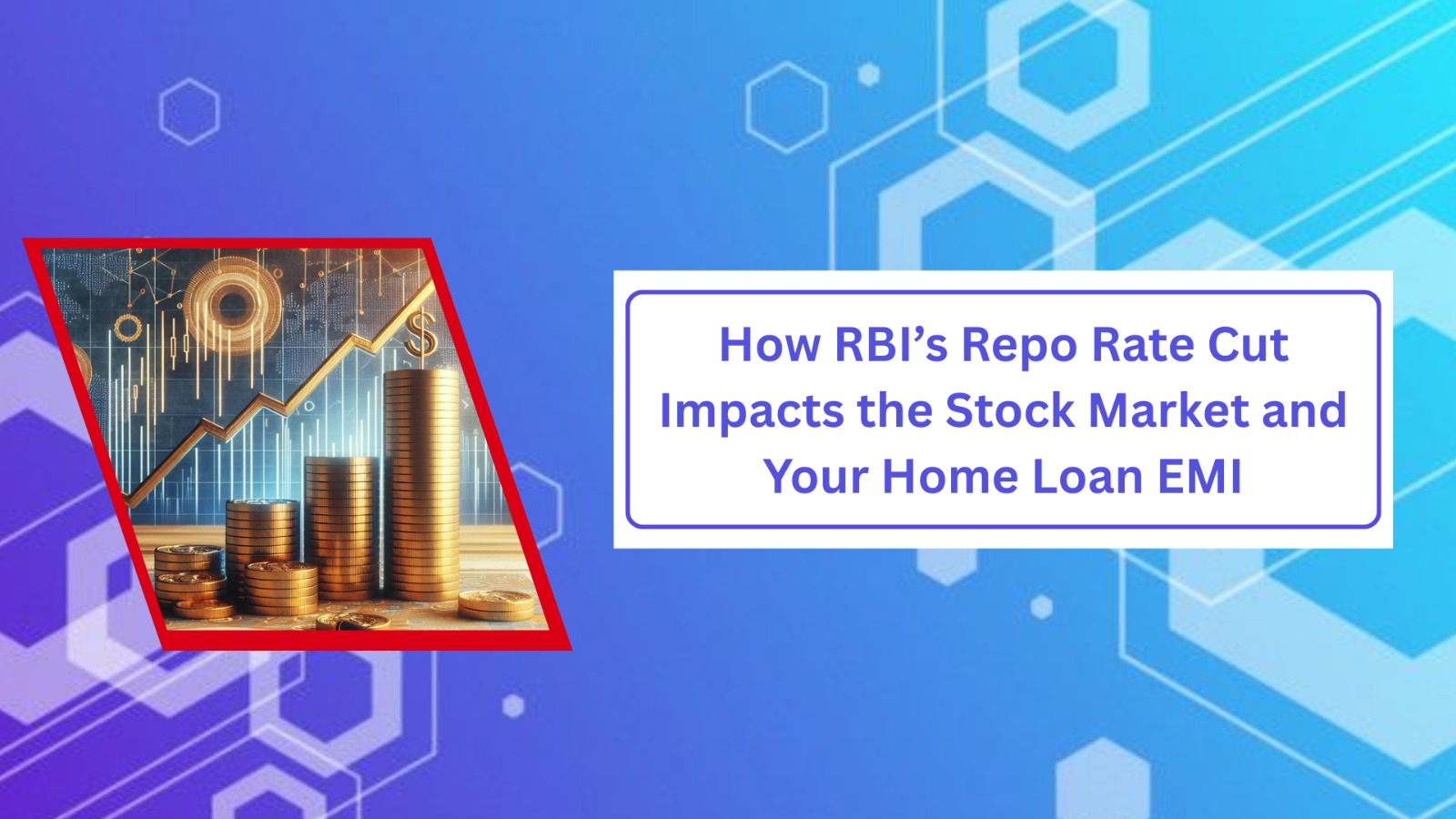
How RBI’s Repo Rate Cut Impacts the Stock Market and Your Home Loan EMI
Whenever the Reserve Bank of India (RBI) makes changes to the repo rate — the rate at which banks borrow money from RBI — it creates ripples not just in the banking sector, but across the entire economy. From stock markets to personal finance decisions like home loans, everything gets impacted.
Let’s break down what happened, why it matters to you, and how you can benefit from it.
📌 What is Repo Rate?
The repo rate is the interest rate at which commercial banks borrow money from the RBI to meet short-term liquidity needs.
When the RBI reduces the repo rate, borrowing becomes cheaper for banks. In turn, banks reduce the interest rates they charge their customers on loans like home loans, car loans, and personal loans.
This move is generally aimed at encouraging borrowing, increasing money flow in the economy, boosting consumption, and supporting business growth during economic slowdowns.
📌 How Does a Repo Rate Cut Impact the Stock Market?
A repo rate cut directly influences stock markets in several ways:
Cheaper Borrowing for Companies:
When interest rates fall, companies find it cheaper to borrow for expansion, operations, or working capital. This improves profitability and future growth outlook.
Boost in Consumer Spending:
Lower EMIs and interest rates leave more disposable income in people’s hands. Higher spending boosts demand for goods and services, positively affecting sectors like automobiles, consumer durables, and real estate.
Stock Market Rally Trigger:
Rate cuts improve market sentiment, especially for interest rate-sensitive sectors like banking, NBFCs, automobiles, and real estate. Investors anticipate better earnings in these sectors, leading to buying activity.
Debt-to-Equity Shift:
Lower returns from fixed-income investments (FDs, bonds) due to falling interest rates drive investors towards equities, increasing stock market participation and liquidity.
📌 Impact on Home Loan EMIs
This is where it gets directly personal for most people. Since home loan interest rates are linked to the repo rate through external benchmarks, a reduction results in lower EMIs.
As per a practical estimation:
- EMIs could drop by 12-15% after a significant repo rate cut.
- A 20-year home loan could potentially be rescheduled to a 17-year term if the borrower chooses to maintain the same EMI amount.
- Someone currently paying ₹5 lakh per year as interest might save ₹60,000 to ₹65,000 annually post-reduction.
In simple words — either your monthly EMI decreases, or you can keep the EMI the same and close the loan faster.
📌 Example Calculation
Imagine you have a ₹50 lakh home loan at an interest rate of 9% for 20 years.
Your EMI would be approximately ₹44,986.
If the interest rate drops by 1% (after RBI’s repo rate cut and banks passing it on), the new EMI would be around ₹41,822 — a saving of ₹3,164 per month or ₹37,968 annually.
Over 20 years, the savings become significant, or you can choose to close the loan earlier by keeping the EMI constant.
Conclusion
RBI’s repo rate decisions are more than just banking numbers. They affect your home loan, your spending power, corporate profitability, and overall stock market behavior. Understanding these linkages can help you make smarter financial, investment, and loan-related decisions.
The recent cut isn’t just good news for borrowers — it might also open up fresh opportunities in the stock market for investors who know where to look.
Our Recent FAQS
Frequently Asked Question &
Answers Here
What is the latest RBI repo rate and how often does it change?
The RBI revises the repo rate during its Monetary Policy Committee (MPC) meetings, typically held every two months. You can check the latest rate on the RBI’s official website or market updates
How soon will banks pass on the rate cut to home loan customers?
Banks linked to the External Benchmark Lending Rate (EBLR) typically revise rates within 1-3 months after an RBI decision
Which stock market sectors benefit the most from a repo rate cut?
Banks, NBFCs, real estate, automobiles, infrastructure, and consumer durables usually see a positive impact due to improved business prospects and higher consumer spending.
Should I opt to reduce my EMI or loan tenure after a rate cut?
If you can afford the current EMI, it’s wiser to keep the EMI constant and reduce your loan tenure. This helps you close the loan faster and save significantly on total interest outgo
Does a repo rate cut always lead to a stock market rally?
Not always. While a rate cut improves sentiment, its actual impact depends on other factors like inflation, global cues, economic outlook, and investor mood.
Copyright © By Empirical F&M Academy. Design & Developed by Techno Duniya

.jpeg)
.jpeg)
.jpeg)

.jpeg)
